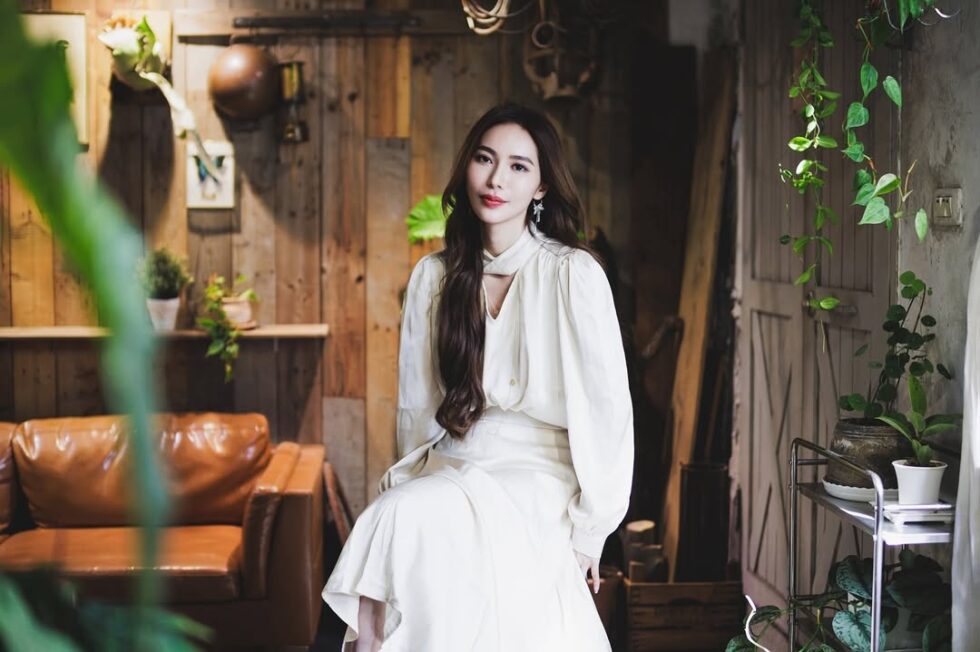
Introduction
In an era where the lines between disciplines are increasingly blurred, Taiwanese-Dutch artist Cho Hui-Chin stands out for her fearless experimentation and multilayered narratives. Based in London, Cho’s work is a striking exploration of identity, cultural heritage, and metaphysical desire—often viewed through the surreal lens of infant iconography. Her art refuses easy categorization, moving effortlessly across media including painting, sculpture, drawing, performance, installation, and text.
Background and Education
Born into a richly multicultural background, Cho Hui-Chin’s identity as both Taiwanese and Dutch plays a central role in shaping her perspective as an artist. This duality—between East and West, tradition and contemporary—is a thematic core of her work.
Cho began her formal education in art at the prestigious Slade School of Fine Art, University College London, where she graduated with First-Class Honours in 2018. Her academic journey continued at the Royal College of Art, where she earned her Master’s degree in Painting in 2022. These institutions not only refined her technical skills but also encouraged the conceptual depth that now defines her oeuvre.
Artistic Practice and Themes
Cho Hui-Chin’s art is deeply introspective yet boldly communicative. Her practice is multidisciplinary, often combining traditional media with performance and installation. One of the most compelling elements of her work is the use of infant imagery—a symbol she revisits to explore themes of vulnerability, human desire, and societal constructs.
Her works are not merely visual but experiential. They pull viewers into a dreamlike realm where childhood, memory, trauma, and existential questions coexist. Despite the whimsical appearance of her figures, there is often an undercurrent of tension—an emotional complexity that rewards deeper contemplation.
Another recurring motif in her work is the “metaphysical relationship” between the self and the collective. By merging different cultural elements and personal iconography, Cho constructs a visual language that speaks to universal experiences while retaining a deeply personal voice.
Exhibitions and Recognition
Cho Hui-Chin’s work has been exhibited internationally in major art capitals such as London, Paris, Rome, Florence, Tokyo, Hong Kong, and Taipei. Her rising profile in the art world is supported by a growing list of accolades. She was awarded the UK CASS ART PRIZE in 2018, and in 2019, she received the Ljubljana Art Prize in Slovenia—an honor that recognizes emerging European talent.
Her exhibitions often challenge conventional gallery formats, incorporating spatial design and interactive elements to fully immerse the viewer. Through these installations, Cho turns passive observation into an active, often emotional, engagement.
Digital Presence and Future Directions
In addition to physical exhibitions, Cho has maintained a compelling online presence. Her Instagram account @chohuichin serves as both a digital sketchbook and a curated archive of her evolving practice. It offers behind-the-scenes glimpses into her studio life, performance snippets, and works-in-progress—building an authentic connection with a global audience.
With a solid foundation in both academic theory and experimental practice, Cho Hui-Chin is poised to become a defining voice of her generation. Her future projects are expected to push even further into the realms of collaboration, community engagement, and technological integration.
Conclusion
Cho Hui-Chin’s work is a dialogue—a deeply personal yet universally resonant conversation about who we are and how we connect. Through her fearless blend of media, themes, and cultural references, she invites us to question the boundaries we often take for granted. In doing so, she’s not only shaping her own path but also redefining what contemporary art can be.





